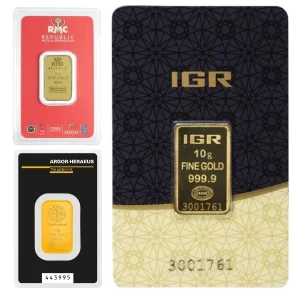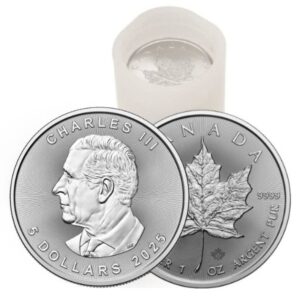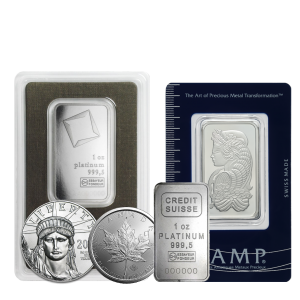During times of uncertainty, investors will look toward gold as the absolute safe bet. But there is one crucial question that every investor should be asking: Is your gold holding aimed at inflation hedging, or an economic collapse? They may sound the same, but they prompt separate approaches. Knowing the difference can spell the difference between the success and failure of your portfolio when the next panic sets in.
Hedging Against Inflation: Gold as the Ultimate Store of Value
As inflation goes up, the power to purchase with paper money goes down. Gold, historically, has retained intrinsic value when paper money currencies lose intrinsic value. In inflationary times, one buys gold, not to make money, but to maintain purchasing power.
Why gold succeeds: It’s hard to get, is long-lasting, and is everywhere accepted as a currency store.
Standard distribution: Those who are looking for the inflation hedge will maintain between 5–10% stocks in gold or silver.
Complementary holdings: Treasury Inflation-Protected Securities (TIPS), property, and commodities can complement gold for a balanced inflation protection.
In this situation, gold is a stabilizer—a cushion against the slow depreciation of the purchasing power of money.
Hedging Against Collapse: Gold as a Lifeboat Solution
A collapse hedge, by contrast, is constructed for systemic collapse—when markets seize up, currencies plummet, or faith in the banking system weakens. In such circumstances, gold is not merely a bet; gold is insurance for economic collapse.
Why gold is shining: It’s physical, off the system, and worldwide liquid.
Allocation considerations: Risk-averse investors can raise their precious metal allocation to 15–25%, aligning physical gold with silver liquidity.
Physical is king: Physical bullion ownership – e.g., gold coins or gold bars – is vital, as paper gold or ETFs require market access.
If inflation is into erosion, then collapse is into disruption. Gold is protection from both—but only if you hold it in the correct form and quantity.
Silver’s Role in a Collapse Hedge
Gold keeps the money, silver serves a distinct, though auxiliary, purpose. It is cheaper by the ounce and frequently more convenient to barter in smaller units. In the event of a market downturn, silver is useful in brokering liquidity when the larger units of gold are more difficult to exchange.
At AU Bullion, we frequently observe investors supplement both metals effectively—long-term protection through gold, silver as a go-to in a panic.
How to Assess Your Allocation
Ask yourself:
Is your gold all inflation offset, or protection of wealth should the markets freeze up?
Do you have actual bullion holdings as opposed to mere paper exposure?
Are you spread out across bars, coins, and various weights for adaptability?
If your response is towards inflation protection alone, then you could reconsider your allocation towards getting broader protection.
AU Bullion: Guiding You Towards Preparing For Both Cases
No matter if you’re insulating yourself from creeping inflation or safeguarding yourself against possible financial upheaval, AU Bullion stocks all sorts of gold and silver bullion products – 1 gram bars through 1 kilogram, and singles through full Monster Boxes.
As an Accredited Royal Canadian Mint Bullion DNA Dealer, AU Bullion promises authenticity, security, and competitive prices – assisting investors in protecting their wealth regardless of what the markets hold.
Concluding Thoughts
Inflation can waste away your wealth incrementally, and economic collapse can destroy it overnight. Gold insulates you from both—but your allocation, presentation, and dealer can make all the difference. Make time to review your holdings and keep your portfolio ready for all eventualities. Secure your future. Invest shrewdly. Invest with AU Bullion.
 Hi,
Hi,











